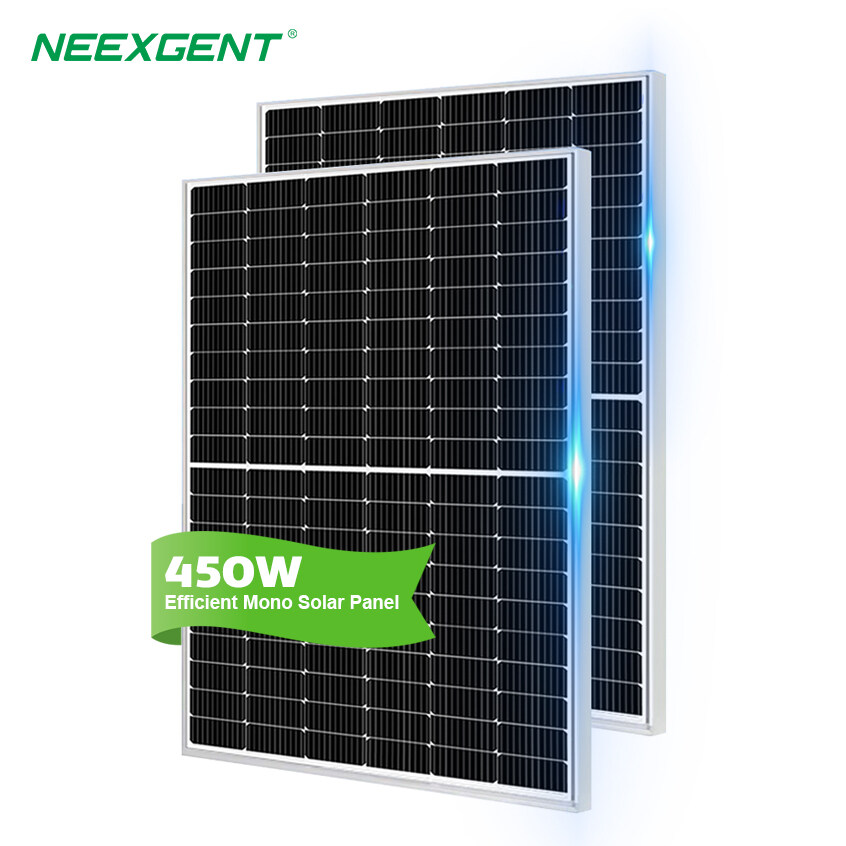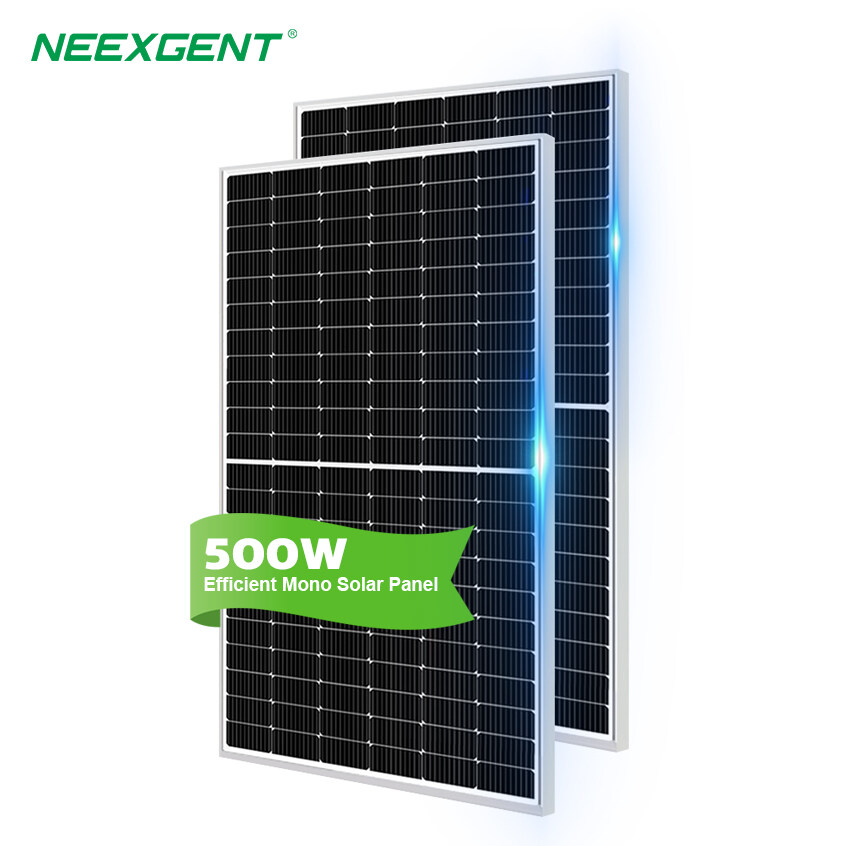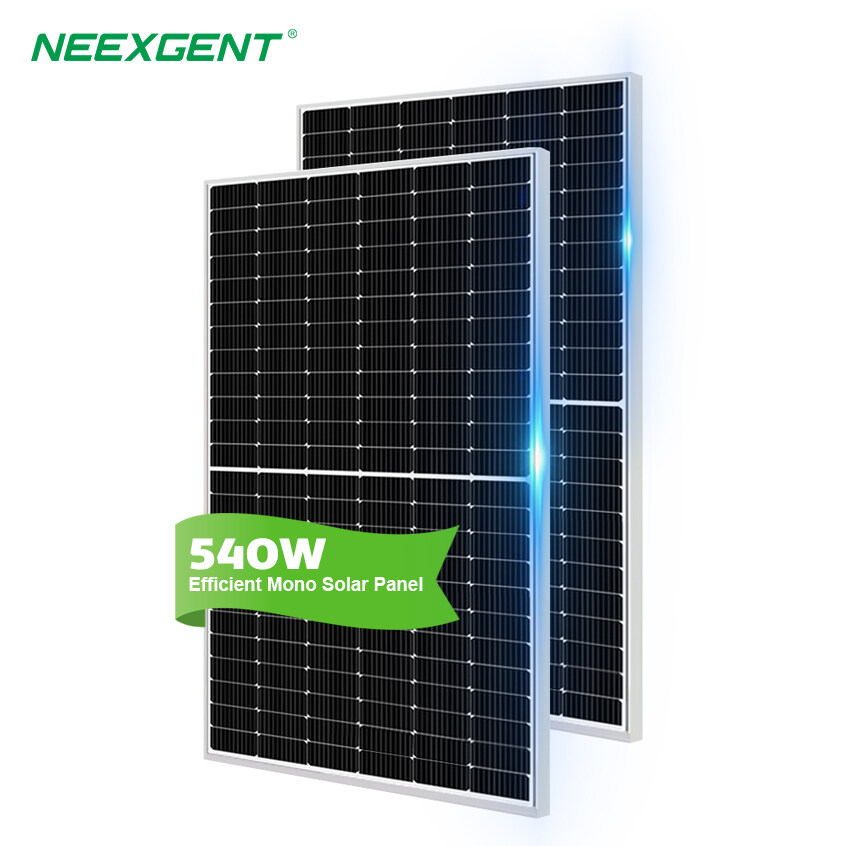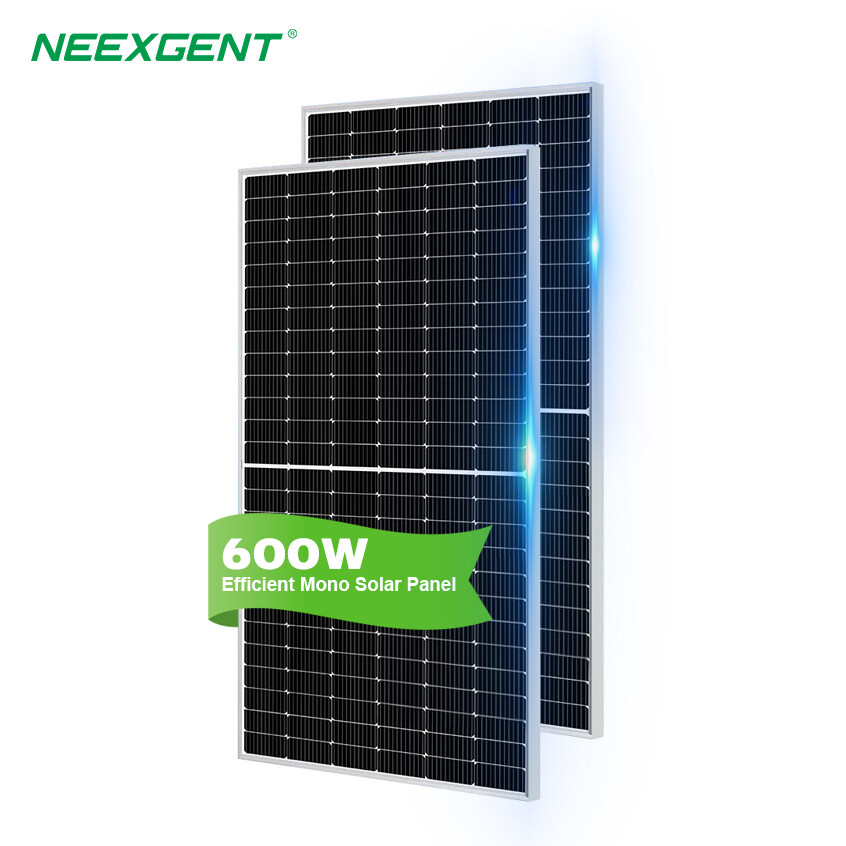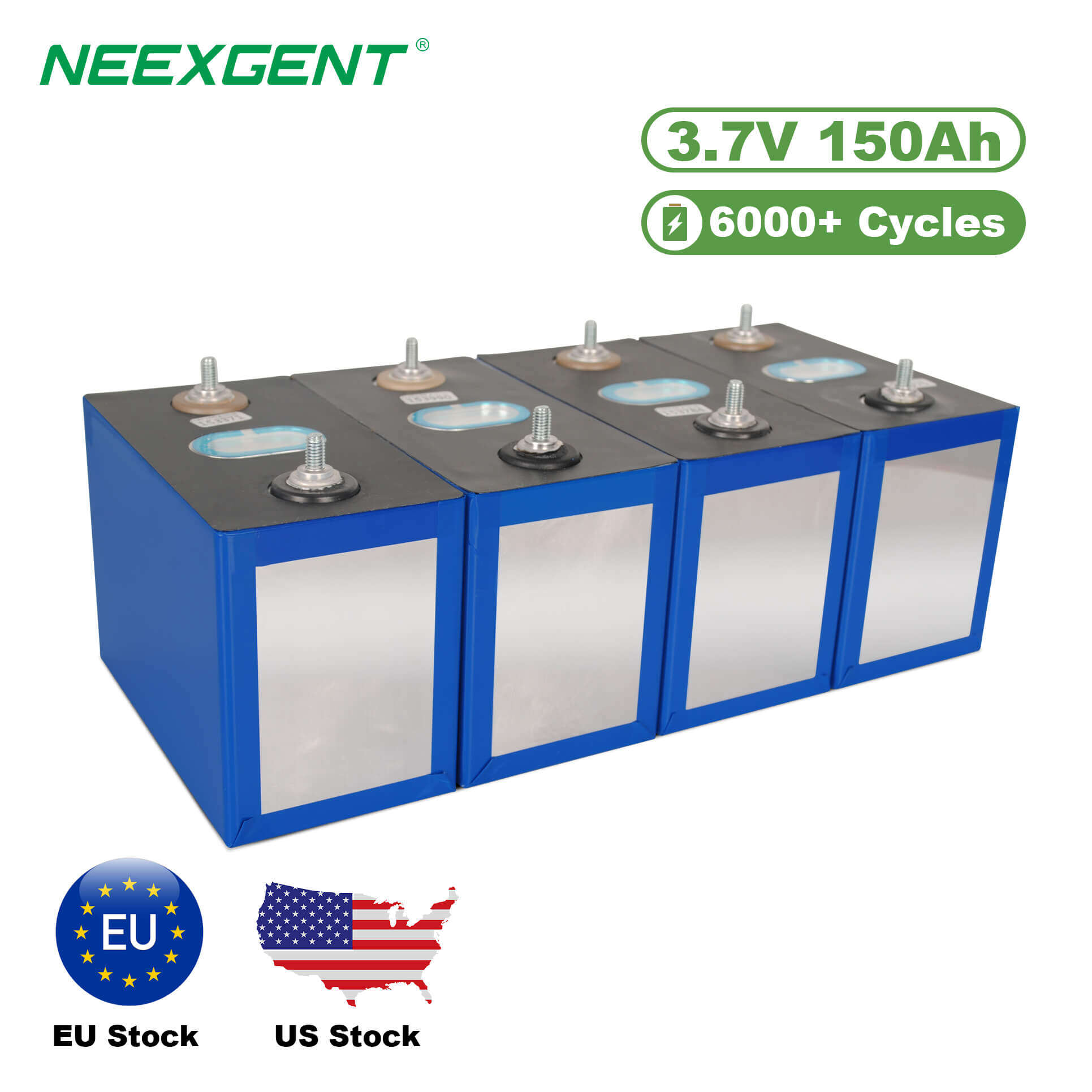As global interest in renewable energy grows, solar power continues to lead the way as a clean, sustainable, and cost-effective energy source. Homeowners, businesses, and governments around the world are increasingly turning to solar panels to reduce electricity bills and lower their carbon footprints. But a common and important question often arises: Do solar panels work at night?
In this comprehensive article, we’ll explore the functionality of solar panels, the science behind their operation, what happens after sunset, and how modern systems can still provide power during nighttime hours.
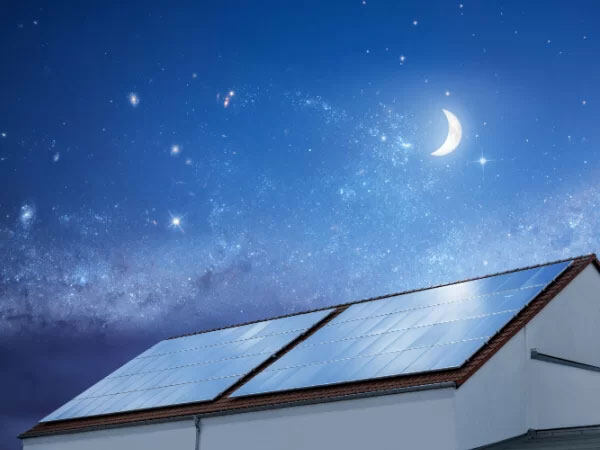
How Solar Panels Work: A Daylight-Dependent Process
To understand why solar panels don't generate electricity at night, it's essential to first understand how they work.
Solar panels are made up of photovoltaic (PV) cells, which convert sunlight into electricity. When photons (light particles) from the sun hit the PV cells, they excite electrons and generate direct current (DC) electricity. This DC power is then converted into alternating current (AC) by an inverter, making it usable for homes and businesses.
The entire process is known as the photovoltaic effect, and it is entirely dependent on sunlight. Without sunlight, the PV cells cannot produce electricity—plain and simple.
So, do solar panels work at night?
The Short Answer: No
Solar panels do not produce electricity at night. Since they rely on sunlight, they become inactive once the sun sets. However, that does not mean solar-powered systems cannot provide energy around the clock. Through a combination of smart technologies and energy storage solutions, solar power can still meet energy demands even when the sun isn’t shining.
How Energy is Supplied at Night
Although solar panels stop working when the sun goes down, there are three primary ways that solar energy users continue to have access to electricity at night:
1. Solar Battery Storage Systems
One of the most effective solutions for nighttime power is solar battery storage. During the day, solar panels often generate more electricity than a home or building uses. This excess energy can be stored in a lithium-ion battery system, such as the Tesla Powerwall, LG Chem, or BYD.
When night falls and solar production ceases, the system automatically switches to battery power, supplying electricity from the stored energy. This creates a seamless experience and ensures energy independence from the grid.
Benefits of Battery Storage:
-
Enables true 24/7 solar power use
-
Provides backup during power outages
-
Reduces dependence on utility companies
-
Supports off-grid living
However, battery systems come with a higher upfront cost, and depending on usage, their capacity might not cover extended periods without sunlight.
2. Net Metering and Grid-Tied Systems
Another popular method to ensure electricity availability at night is through a grid-tied solar system with net metering.
Here’s how it works:
-
During the day, your solar panels often generate more electricity than you need.
-
This surplus power is sent back to the electrical grid.
-
In return, you receive energy credits from your utility provider.
-
At night or on cloudy days, when your panels aren’t producing energy, you draw power from the grid using your banked credits.
This system essentially treats the grid as a virtual battery, though with some differences. Unlike physical storage, grid-tied systems rely on utility infrastructure and policies that may vary by region.
Pros of Net Metering:
-
No need to invest in physical battery storage
-
Can result in significant cost savings
-
Reliable electricity supply even at night
Limitations:
3. Hybrid Solar Systems
Hybrid systems combine the best of both worlds—solar panels, battery storage, and a connection to the grid. During the day, the system prioritizes using solar power, storing excess in batteries. If the batteries are full, extra power is sent to the grid.
At night, the home draws from the battery first. If the battery is depleted, the system falls back on the grid. This offers maximum flexibility and reliability.
Hybrid systems are gaining popularity for their:
- Enhanced energy security
- Backup power capabilities
- Long-term cost optimization
Do Moonlight or Artificial Light Work?
A common curiosity is whether moonlight or street lights can activate solar panels.
Moonlight
Moonlight is just reflected sunlight, and it is millions of times weaker than direct sunlight. While solar panels might technically generate an infinitesimal amount of electricity from moonlight, the output is so negligible that it’s practically zero.
Artificial Light
Some studies and tests have shown that strong artificial light sources (like LED floodlights) can induce a minimal voltage in PV cells, but again, the output is insignificant and not enough to power any appliances.
Conclusion: Moonlight and artificial light do not produce usable electricity through standard solar panels.
Advancements in Nighttime Solar Technologies
While traditional solar panels require sunlight, scientists are working on next-generation solutions that might one day change this.
Thermoradiative Cells
Researchers at Stanford University have explored thermoradiative cells that can generate electricity from infrared radiation, which the Earth emits at night as it cools.
This technology is still in its infancy but holds promise for nighttime energy generation, particularly in combination with solar systems.
Transparent Solar Cells and Bifacial Panels
While not directly solving nighttime production, newer designs like bifacial panels (which capture light from both sides) and transparent solar cells (integrated into windows) maximize daylight generation, increasing total daily output. This helps store more energy for nighttime use.

Best Practices for Solar Power at Night
To optimize your solar investment and ensure reliable power supply even after sunset, consider the following:
1. Evaluate Your Energy Usage
Understand how much electricity you consume at night vs. during the day. This will help determine the size of the battery or amount of grid credits you’ll need.
2. Invest in a Battery Backup
If you live in an area with frequent outages or unreliable grid access, a battery system is a wise investment.
3. Monitor Your System
Use solar monitoring apps to track production and consumption. Tools like SolarEdge, Enphase Enlighten, or Tesla app can help fine-tune your system performance.
4. Stay Informed on Incentives
Many governments offer incentives, rebates, or tax credits for battery storage and solar systems. Keep updated to reduce your installation costs.
FAQs
Do solar panels generate power at night?+
No, solar panels need sunlight to generate electricity, so they do not work at night.
How do homes use electricity at night with solar panels?+
Homes typically use stored energy from batteries or draw electricity from the grid during nighttime.
Can moonlight power solar panels?+
No, moonlight is too weak to effectively generate power through solar panels.
Do solar panels need to be turned off at night?+
No, solar panels shut down automatically when there’s no sunlight and restart in the morning.
What options are available for power at night?+
Options include solar battery storage systems or switching to grid electricity after sunset.

